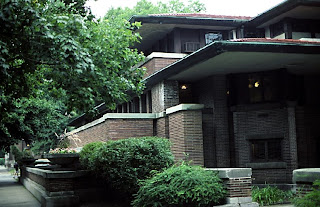I’m pretty sure everyone in this class had heard of the Louvre before we took Humanities. However, if you are like me, you knew nothing about it or the magnificent architecture that encompassed the museum. Not being a huge artsy guy, the aspect of learning about an art museum is almost nauseating for me, but after taking a look at the work of I. M. Pei with the Louvre, I think I could spend a day simply admiring his work and not even bothering with the famous art inside. I’m a math major, so anything dealing with geometric shapes in architecture is really cool to me, which I guess is one reason why I love the pyramids done by Pei. The largest of the pyramids is comprised of 673 glass segments (geometric kites) and is seventy feet high.
After researching a little more about the pyramids, I discovered that the Louvre pyramid has a sister pyramid that is in an underground shopping mall in front of the Louvre. It is called the Inverted Pyramid and is basically the Louvre pyramid turned upside down. The base of the pyramid is even with the ground and the point goes straight down into the building. It serves as a super extravagant skylight for people inside and a really cool glass floor for people to walk on outside! The point of the pyramid is actually suspended almost 5 feet off the ground. Underneath the point is a small stone pyramid that almost reaches to the point of the inverted pyramid. These are both simple looking pieces of architecture, but they are also extremely complex and extravagant and some of the coolest looking pieces of architecture I have ever seen. This even surpasses Wright’s Falling Water in my opinion!






















